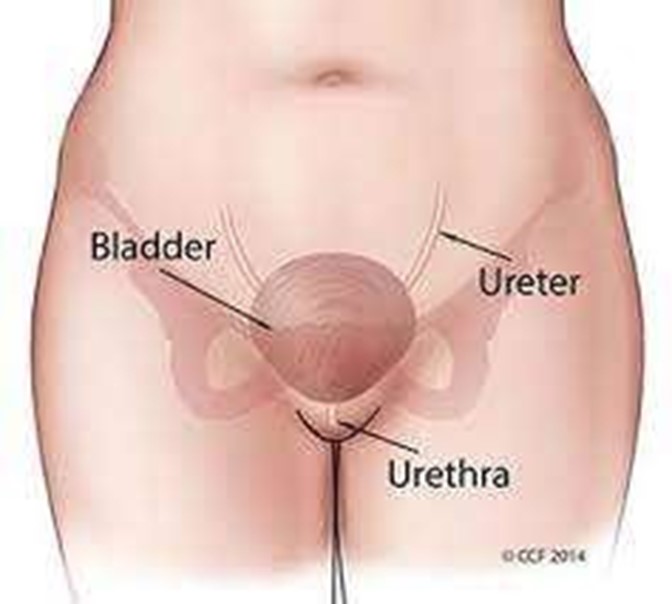A nurse is collecting data from a client prior to administration of verapamil. Which of the following findings indicates a need to withhold the medication?
Blood pressure 170/82 mm Hg.
Respiratory rate 18/min.
Pulse rate 48/min.
Potassium 4 mEq/L.
The Correct Answer is C
Verapamil is a calcium channel blocker that can lower the heart rate and blood pressure. A normal pulse rate for adults is between 60 and 100 beats per minute. A pulse rate of 48/min is too low and indicates bradycardia, which can cause dizziness, fainting, or cardiac arrest. Verapamil should not be given to patients with bradycardia or heart block.
Choice A is wrong because blood pressure 170/82 mm Hg is high and verapamil can help lower it. A normal blood pressure for adults is less than 120/80 mm Hg.
Choice B is wrong because respiratory rate 18/min is normal and verapamil does not affect it. A normal respiratory rate for adults is between 12 and 20 breaths per minute.
Choice D is wrong because potassium 4 mEq/L is normal and verapamil does not affect it. A normal potassium level for adults is between 3.5 and 5.0 mEq/L.
Nursing Test Bank
Naxlex Comprehensive Predictor Exams
Related Questions
Correct Answer is D
Explanation
A client who is 1 day postpartum and has not voided in 8 hr. This client is at risk of urinary retention, bladder distension, and infection due to the effects of epidural anesthesia, perineal trauma, and fluid shifts after delivery. The nurse should assess the client’s bladder and catheterize if necessary.
Choice A is wrong because a client who is 2 days postpartum and whose fundus is 2 to 4 cm below the umbilicus is showing a normal finding.
The fundus should descend about 1 to 2 cm per day after delivery and be nonpalpable by day 10.
Choice B is wrong because a client who is 3 days postpartum and has not had a bowel movement since prior to admission is not uncommon.
Constipation is a common problem after delivery due to decreased peristalsis, dehydration, and fear of pain.
The nurse should encourage fluid intake, fiber intake, and early ambulation to promote bowel function.
Choice C is wrong because a client who is 4 days postpartum and has lochia serosa is also showing a normal finding.
Lochia serosa is the pinkish-brown discharge that occurs from day 4 to 10 after delivery.
It consists of old blood, serum, leukocytes, and tissue debris.
Correct Answer is B
Explanation
Ask the client to empty their bladder.

This is because a full bladder can interfere with the pelvic examination and cause discomfort to the client. The nurse should also instruct the client to avoid douching, using tampons, vaginal medications, sprays, powders, birth control foam, cream, or jelly for at least 24 hours before the exam.
Choice A is wrong because the client should be placed in a lithotomy position, not a prone position, for a pelvic examination.
Choice C is wrong because douching can alter the normal vaginal flora and pH, and increase the risk of infection.
Choice D is wrong because placing the client’s arms over their head can tighten the abdominal muscles and make the examination more difficult. The nurse should ask the client to place their arms at their sides or across their chest.
Whether you are a student looking to ace your exams or a practicing nurse seeking to enhance your expertise , our nursing education contents will empower you with the confidence and competence to make a difference in the lives of patients and become a respected leader in the healthcare field.
Visit Naxlex, invest in your future and unlock endless possibilities with our unparalleled nursing education contents today
Report Wrong Answer on the Current Question
Do you disagree with the answer? If yes, what is your expected answer? Explain.
Kindly be descriptive with the issue you are facing.
